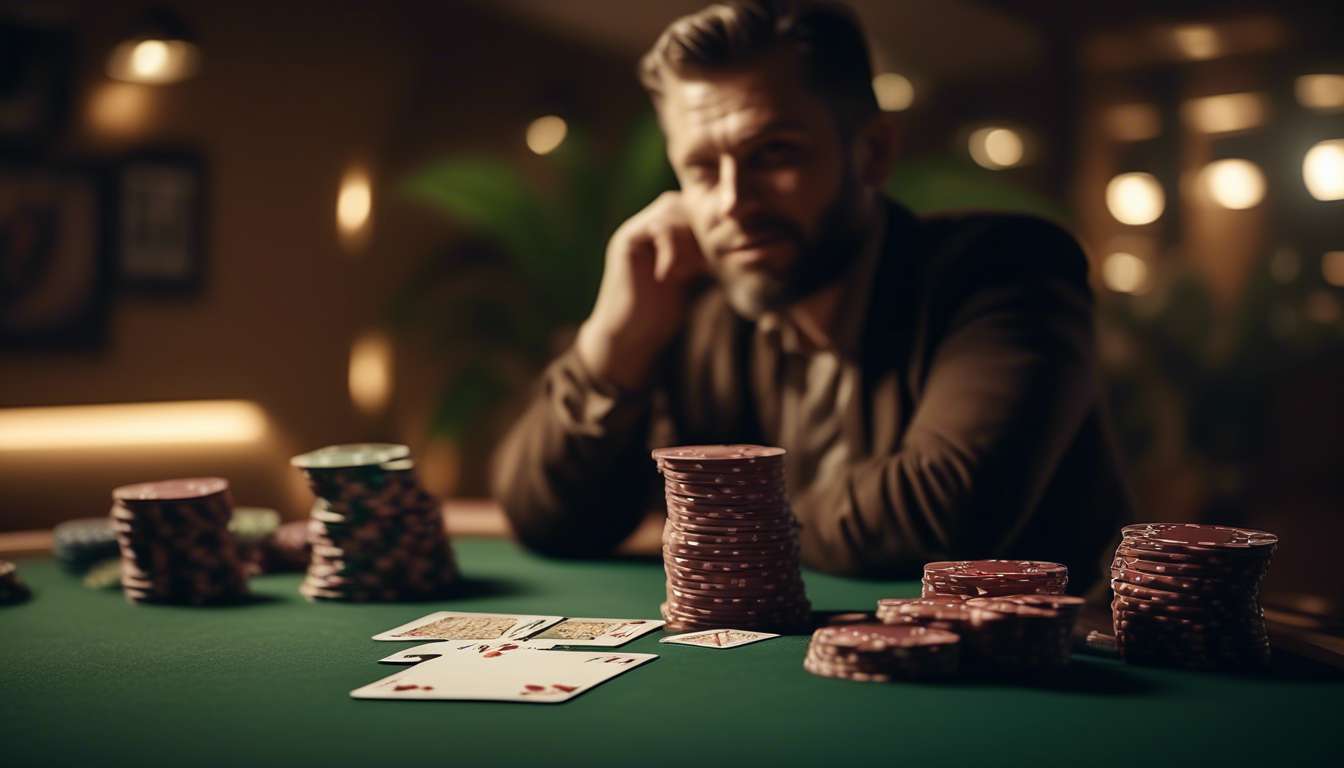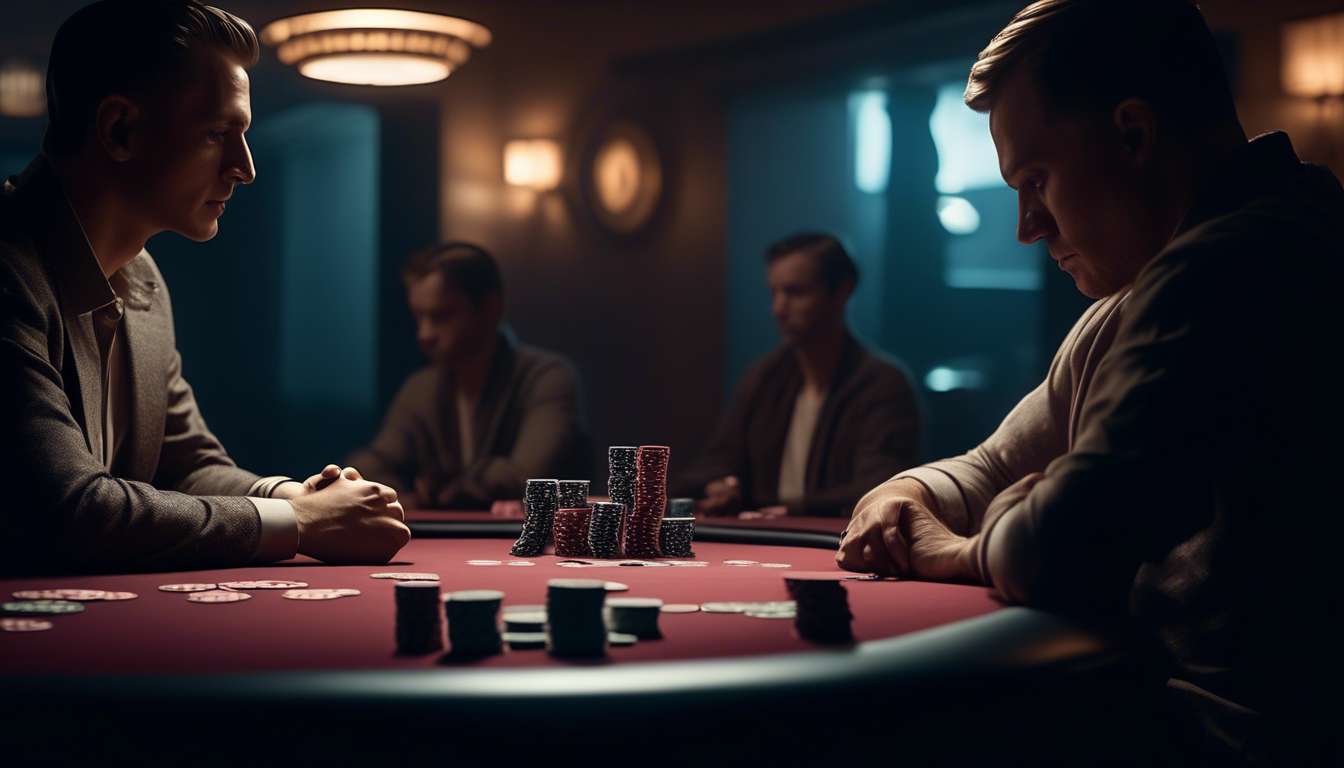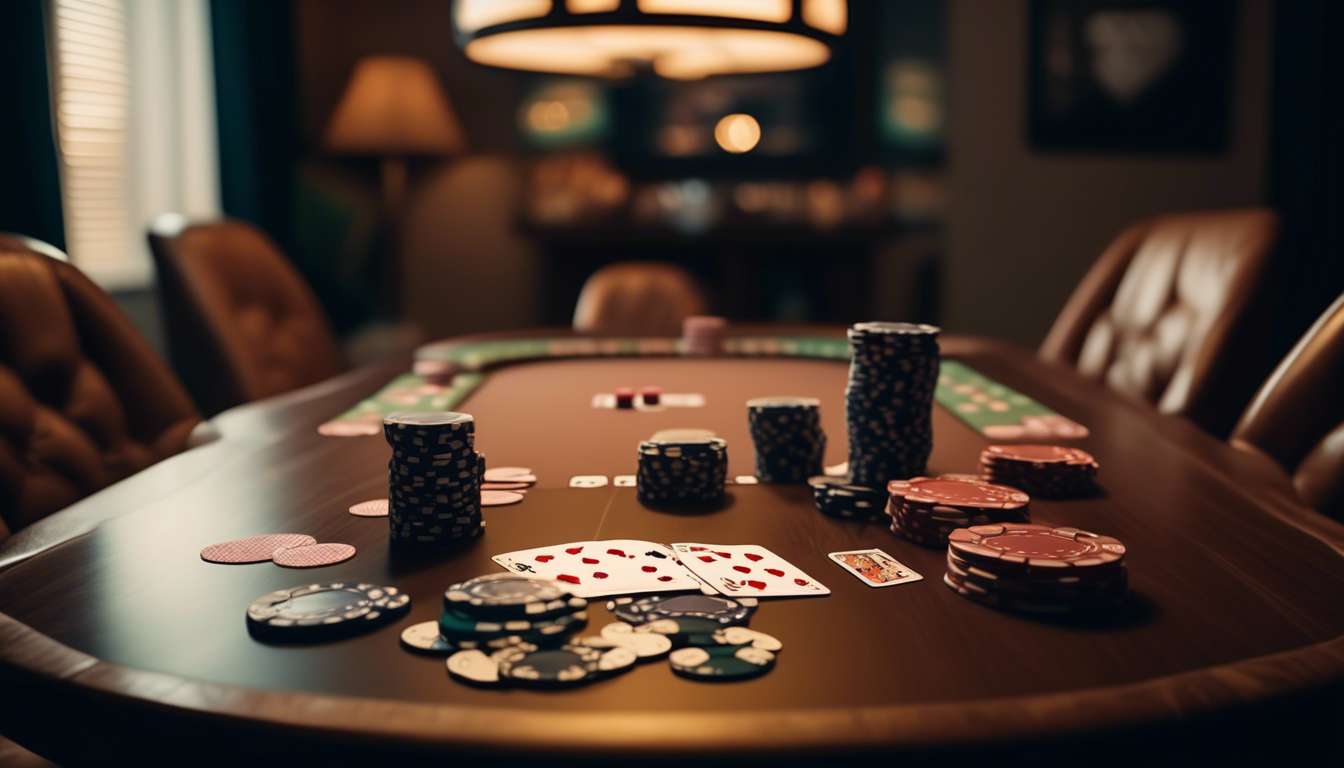Beating Weak Opponents: Spotting Critical Mistakes
In the world of poker, success hinges not only on the cards we hold but also on our ability to read our opponents. As seasoned players, we understand the thrill of identifying and exploiting the weaknesses of our adversaries. In this article, we will delve into the art of spotting those tell-tale signs of weak … Read moreBeating Weak Opponents: Spotting Critical Mistakes










